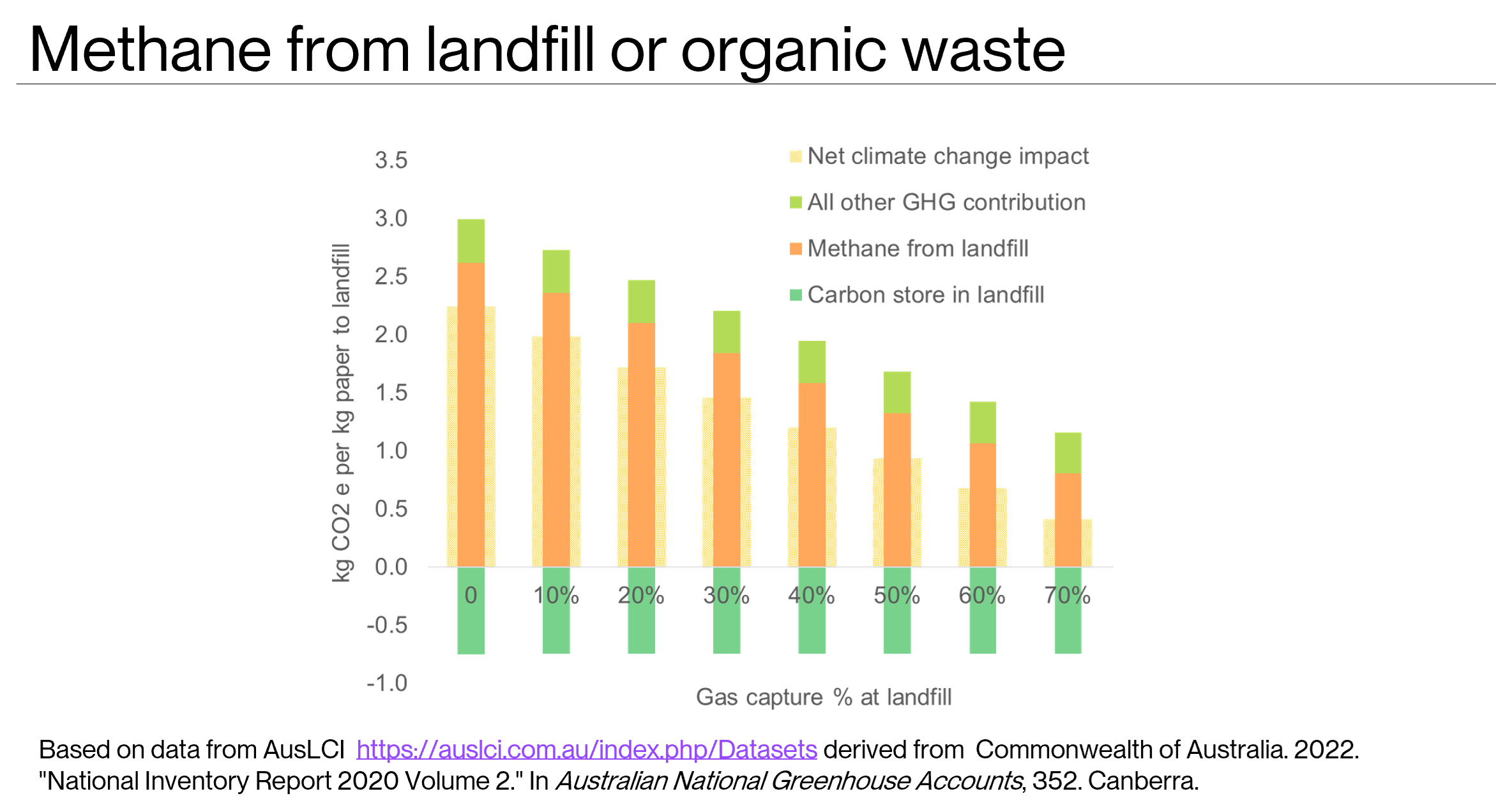Balancing packaging waste and food waste through data driven design
Authors: Gabriella Hooper, Timothy Grant, Beatriz Reutter, Lifecycles
More than one-third of the food produced globally is wasted instead of consumed (UNEP, 2021), this comes with a significant environmental burden.
While there has been considerable focus on reducing packaging waste—particularly single-use plastics—it's crucial to recognise that the environmental benefits of reducing food waste through packaging are most of the time greater than the environmental burden of those packaging.
Although our food systems are highly developed and produce large volumes of nutritious food, food waste is a problem costing the global economy $940 billion each year (UNEP, 2021). Food waste also has significant environmental impacts through the wasted use of resources such as land, water, energy, and fuel required to produce and distribute food. When disposed of in landfill, food waste also contributes to greenhouse gas (GHG) emissions.
When all environmental impacts of food production and distribution are estimated, and contrasted with the environmental impacts of food packaging, data shows that for the climate change indicator, GHG emissions of food production are always significantly bigger than packaging (graph 1). For Animal products the ratio can be as high as 145:1. Therefore, from an environmental point of view, the use of packing, when properly designed, used and disposed of, could be a powerful tool to reduce food waste.
Figure 1: Ratio of climate change impact of products compared to package. Note that for all categories the ratio is above 0, meaning climate change impact is always higher for the products than for the packaging.
To prevent food waste and its environmental impact through data-driven packaging design, it is essential to understand the different causes of waste and address each on a case-by-case basis.
Unavoidable waste
Unavoidable food waste consists of the fraction of food that was never intended for consumption, such as meat bones, fruit and vegetable peels, and eggshells. The environmental consequences of unavoidable food waste are often estimated as its impacts at end-of-life (disposal pathways such as landfill or incineration). Climate change related gasses produced at landfill are significant (see figure 2).
While this type of waste is unavoidable, there are ways to mitigate its environmental impact through different food processing strategies aimed at keeping waste out of landfill and reduce GHG emissions. The strategy is to pre-process products to ensure unavoidable portions can be used as coproducts. This includes utilising large volumes of any organic fraction for animal feed, processing into organic chemicals, or energy pathways via anaerobic digestion or gasification or pyrolysis. When processing food to extract the unavoidable portion, the edible fractions will usually need to be packaged. The design of the packaging to extending products shelf life while considering environmental aspects, is fundamental to harvest the environmental benefits of utilising unavoidable food waste.
Figure 2: Climate change related gasses produced at landfill.
2. Food spoilage
Food spoilage occurs both at wholesale and at a consumer level. Spoilage at wholesale and retail levels is due to a range of causes such as improper refrigeration or storage or inaccurate demand forecast. In Australia, almost two-thirds of food waste at home is due to food not being used before it goes bad (Sustainability Victoria, 2020). To reduce spoilage, and maintain nutrition several methods can be employed:
Energy-efficient food preservation techniques.
The use of food processing.
Proper refrigeration, including cool storage and freezing.
Packaging and high-tech packaging like modified atmosphere.
All of these options have an environmental profile, in order to understand its trade-offs an environmental assessment should be performed to avoid shifting one environmental burden for another.
2. Uneaten portions:
Of the total food wasted at a consumer level in UK, 25% is due to serving or preparing more food than needed (WRAP, 2023). Hence, portion control is one effective way to reduce food waste at a consumer level. Packaging can play a crucial role in managing portion sizes through innovations such as sub-retail compartments.
Using life cycle assessment to balance packaging waste and food waste
Life cycle assessment (LCA) helps organisations understand impacts across all life cycle stages. LCA can be used to refine packaging design to avoid shifting impacts from one product stage (such as end-of-life) to another (such as food loss).
PIQET (Packaging Impact Quick Evaluation Tool) is a streamlined LCA tool used to quickly calculate the environmental impacts and resource consumption profiles of different packaging options. Designed for the packaging industry, the tool has been used by leading material suppliers, brand owners, and packaging companies around the globe for more than 15 years to achieve the best environmental outcomes. It brings together a wide variety of data sources and models in an easy-to-use interface, enabling packaging engineers and material scientists to undertake comprehensive LCAs rapidly.
Tools like PIQET are essential for helping packaging designers strike a balance between adequately protecting food and using packaging materials optimally. They play a crucial role in conserving resources, minimising environmental impact, and enhancing overall system efficiency.
PIQET can be accessed here. A free 15-day trial is available for new customers.
Sources:
Commonwealth of Australia. 2022. ‘National Inventory Report 2020 Volume 2.’ In Australian National Greenhouse Accounts, 352. Canberra.
FAO, ‘Save Food Global Food Waste and Loss Initiative’, (2023).
United Nations Environment Program (UNEP), ‘Food Waste Index Report’. (2021).
Sustainability Victoria, ‘Path to Half Report’, (2020).
WRAP, 2023, Household Food And Drink Waste In The United Kingdom 2021/22




